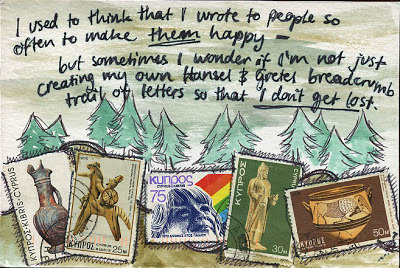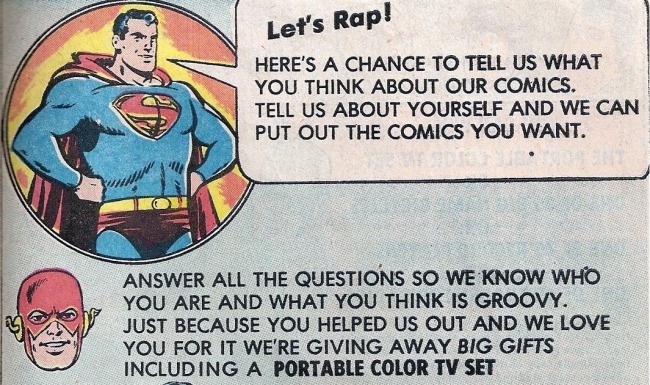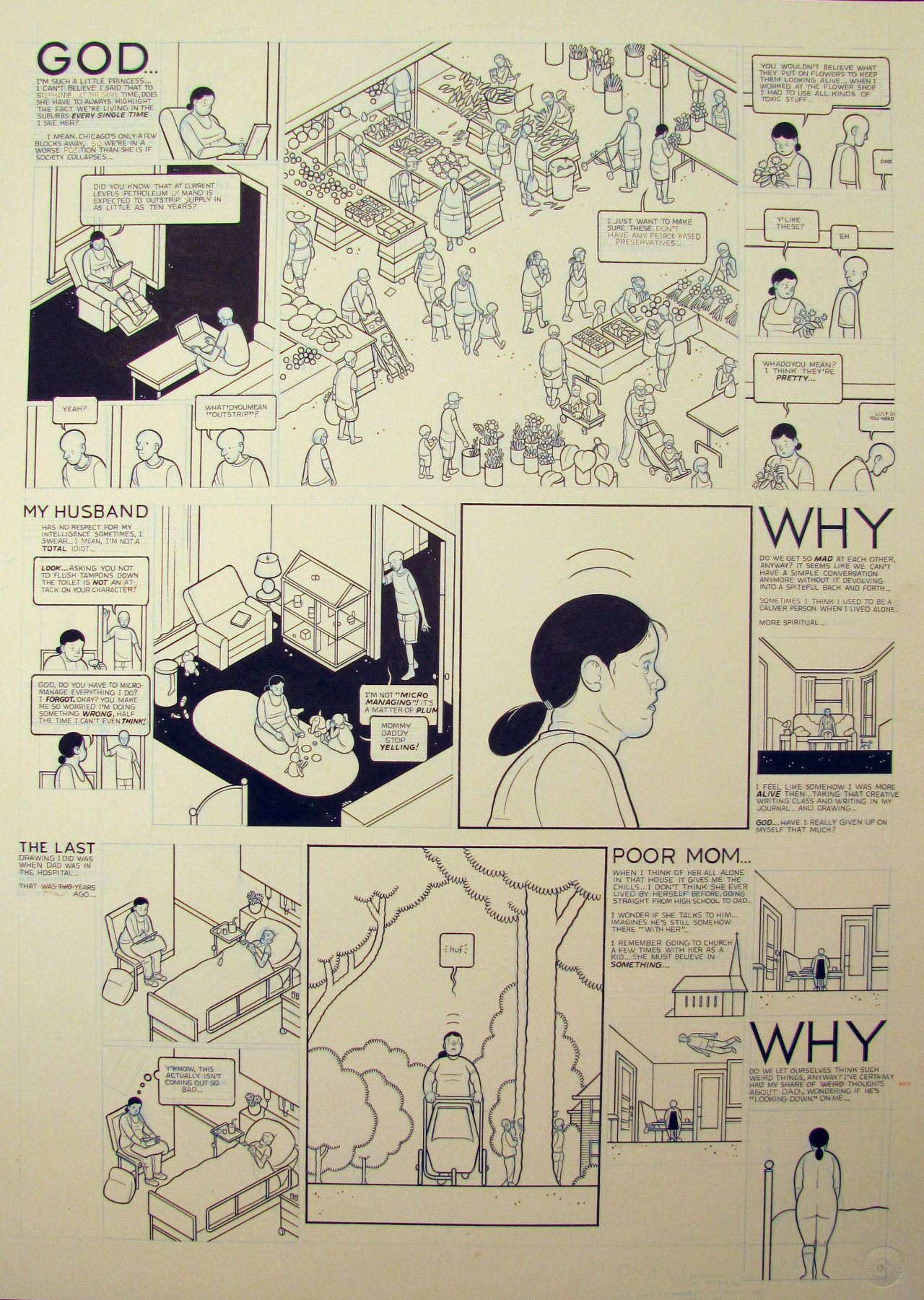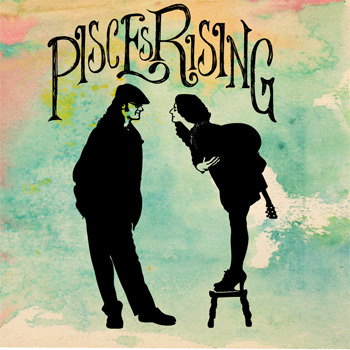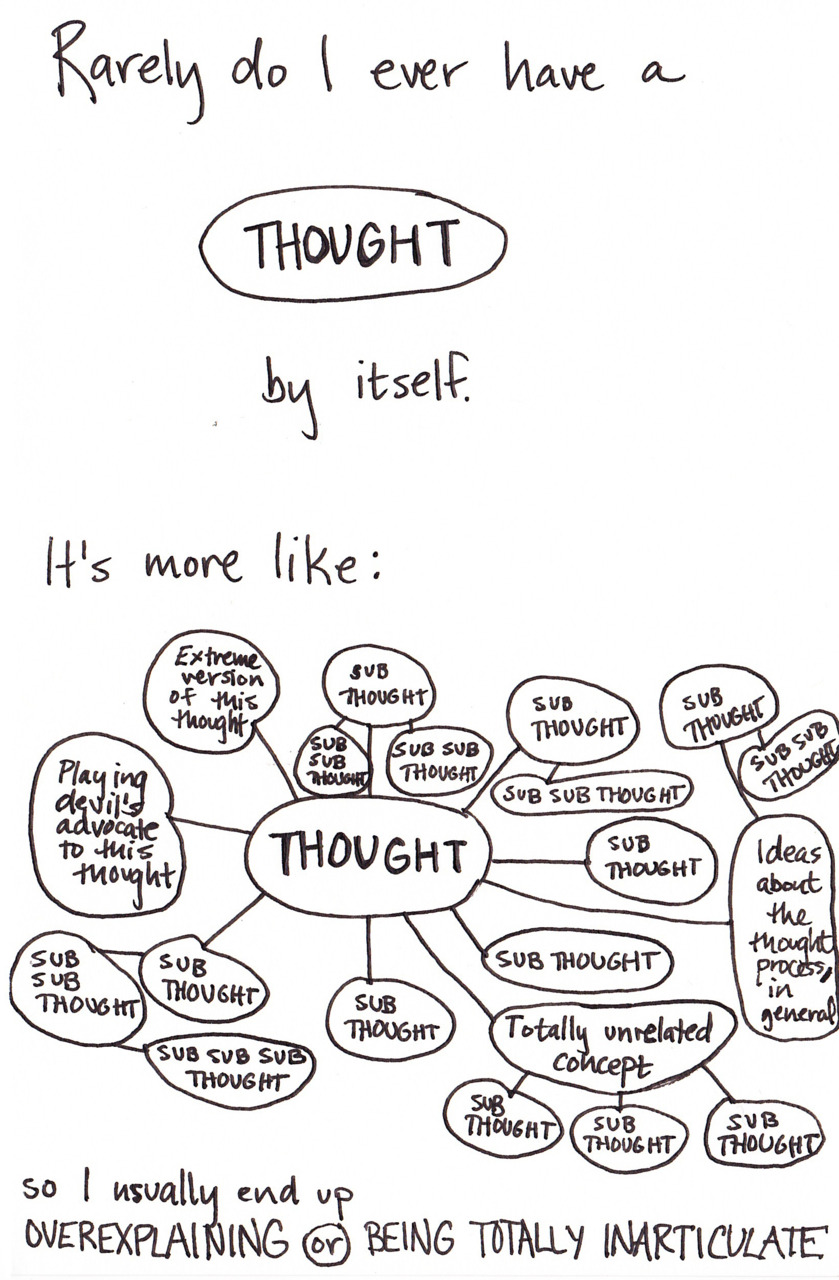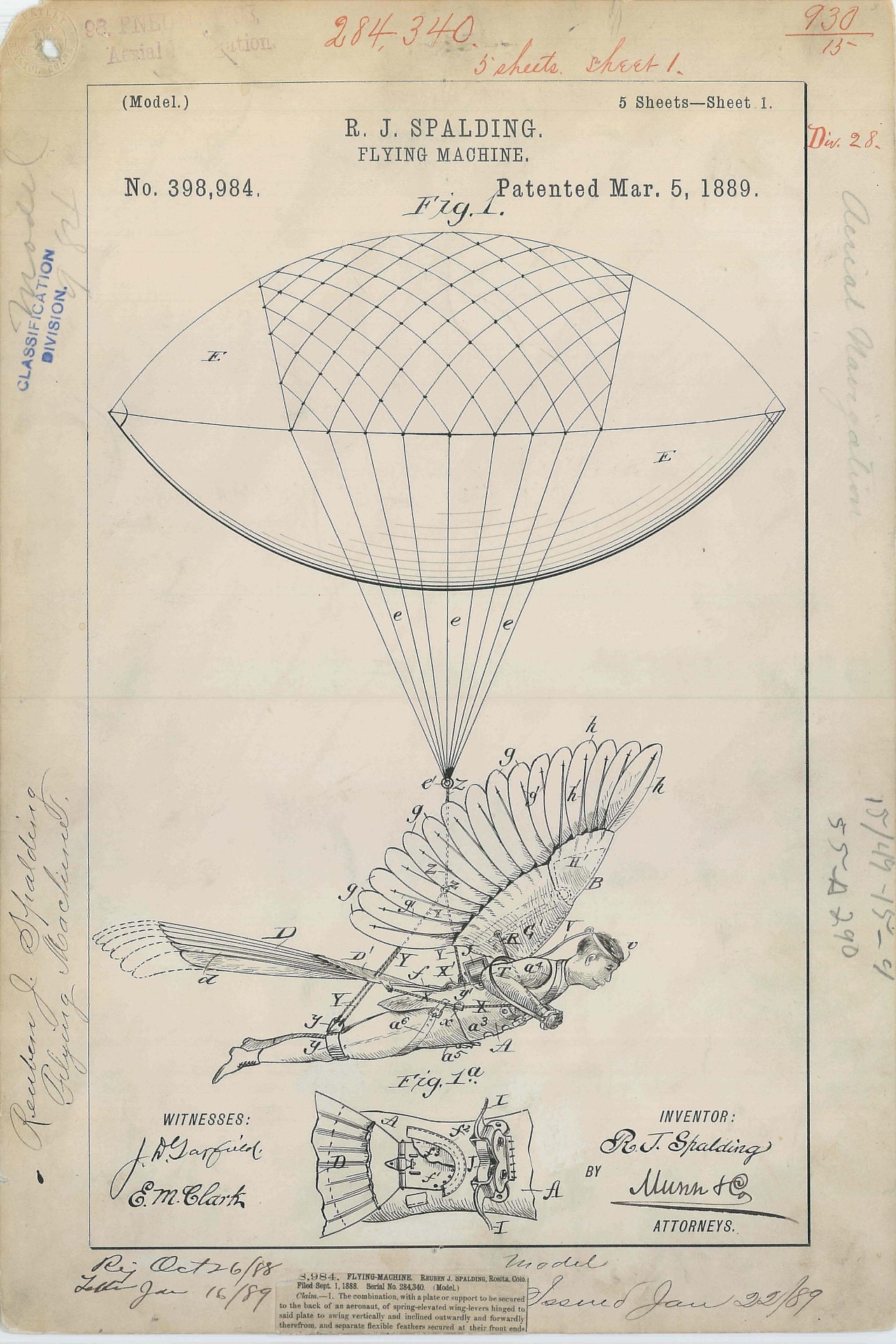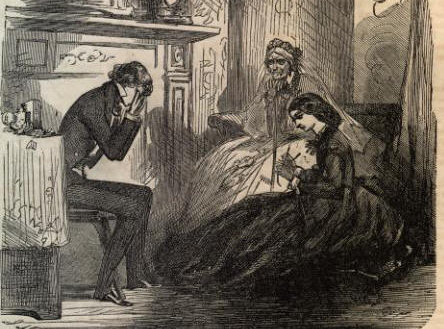"My whole life is a coping strategy."
While seeing my physical therapist the other night, he asked if I liked my eating habits (an odd way to ask the question, but it got me thinking) and I babbled for a few minutes about the little things I've picked up on eating, hunger, diets, and the like.

I told him about how I was at 250 lbs. in my mid-20s, my work with a nutritionist where I learned that starches shot my weight up like nobody's business, the various diets I've been on in my life, how food and money are both lifelong meditations since I tell myself so many stories about what they say about me, how fasting one day a week has taught me the difference between hunger and cravings, and the little tactics I weave into my life: make a plan for how to navigate the dessert table at the family reunion, put a hand on my belly and ask myself "Am I hungry?" when I stand in front of the candy machine (for some reason, I can't lie to myself when I do that), using the No S diet eating plan when eating normally through the week. And on and on.
He smiled and said, "Sounds like you have some great coping strategies, there."
To which I replied, without thinking, "My whole life is a coping strategy."
(There's probably a blogging rule somewhere about not making the punchline the title of your post, but I'll deal with the blog police later.)
I repeated this line to my mastermind group later and they laughed and said, "You're right."
Not quite sure what to do with this self-appraisal that bubbled up out of nowhere, but it's something more to meditate on.
